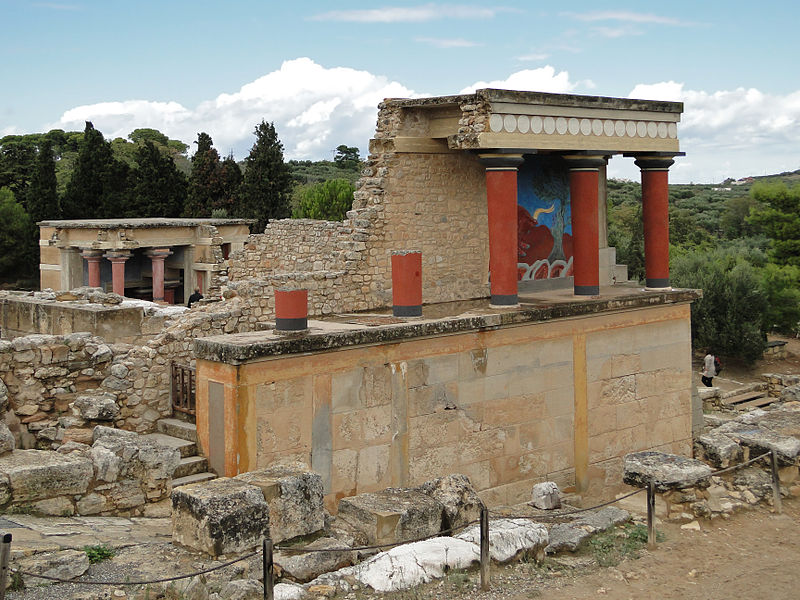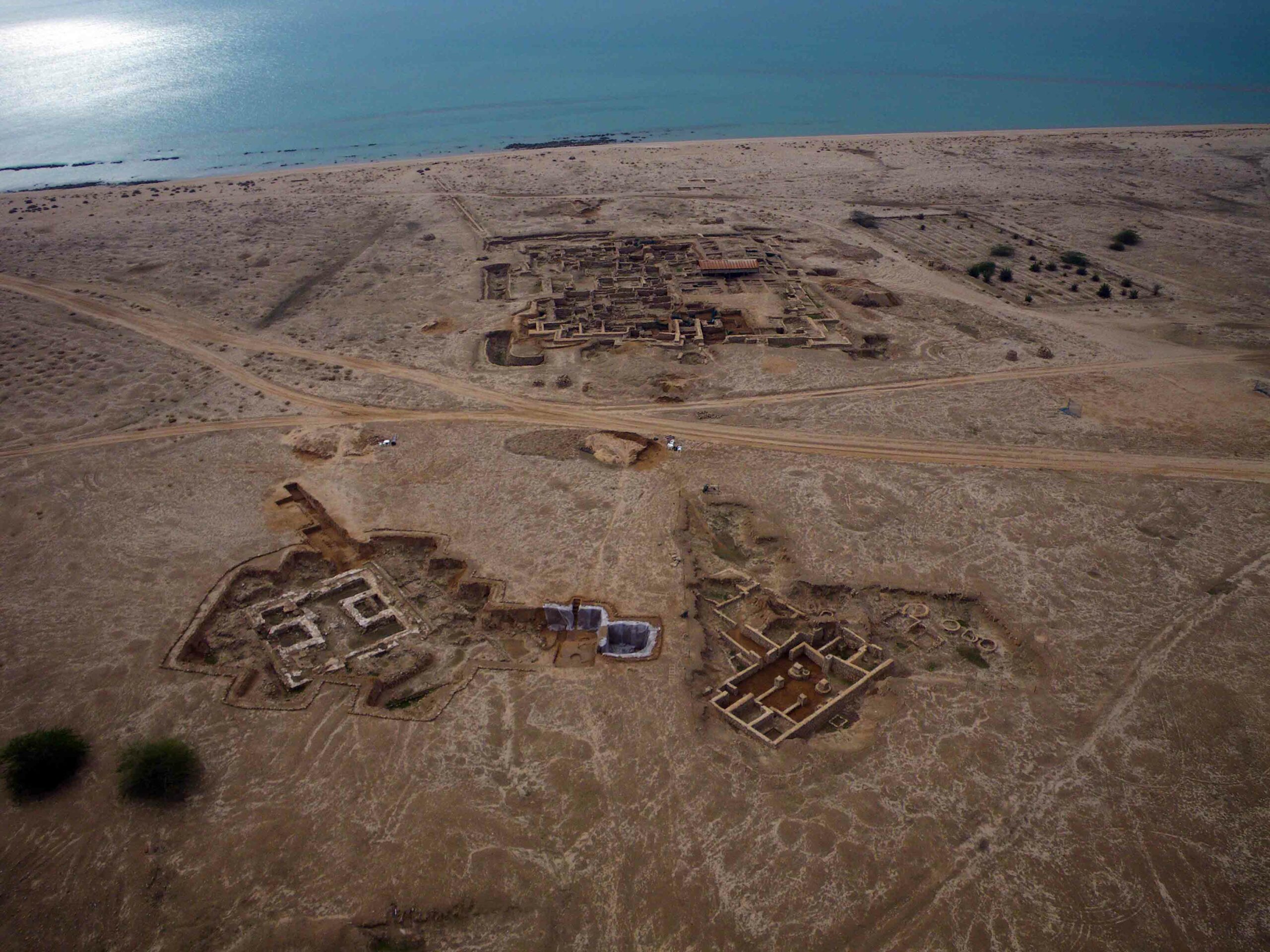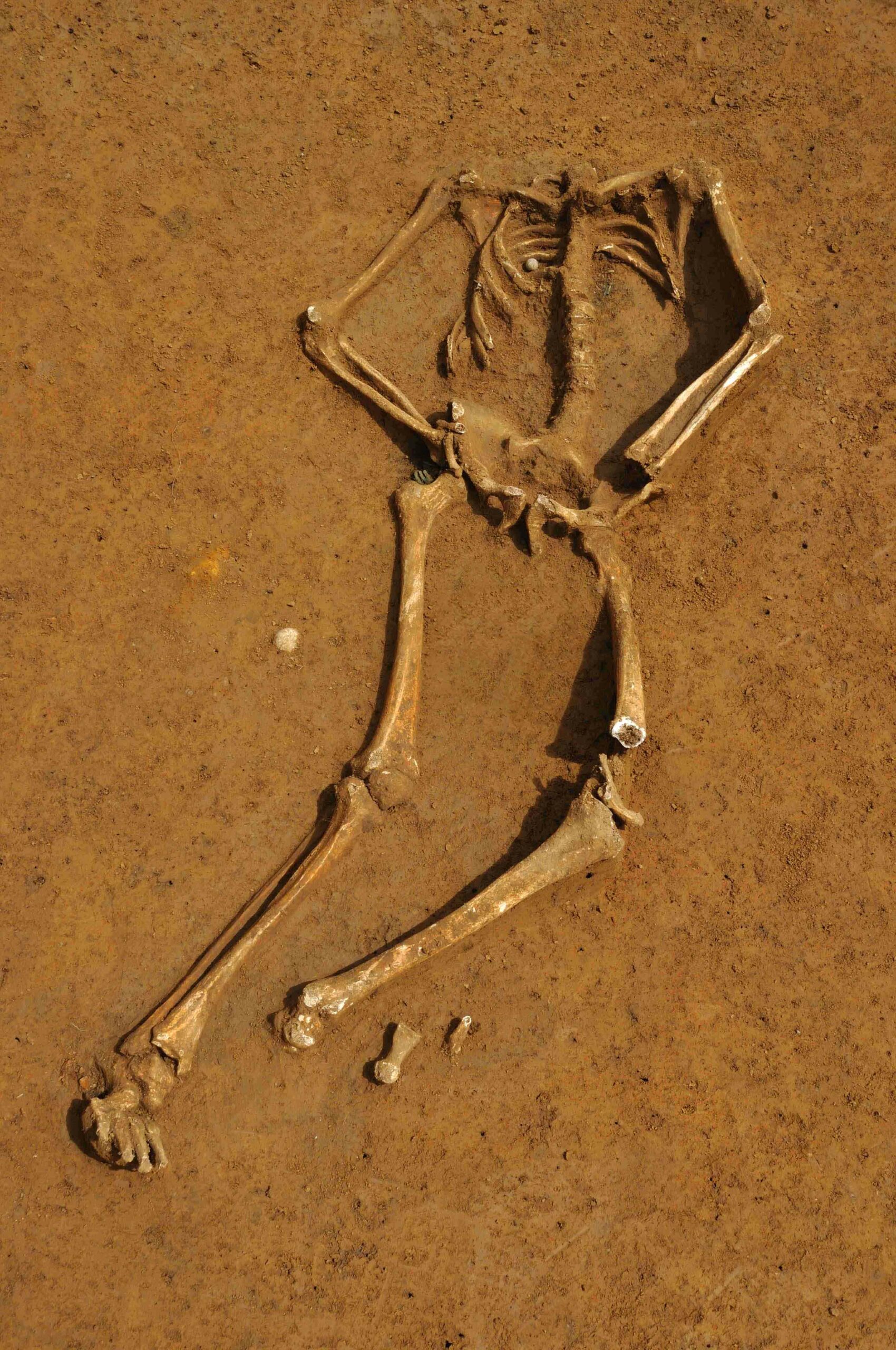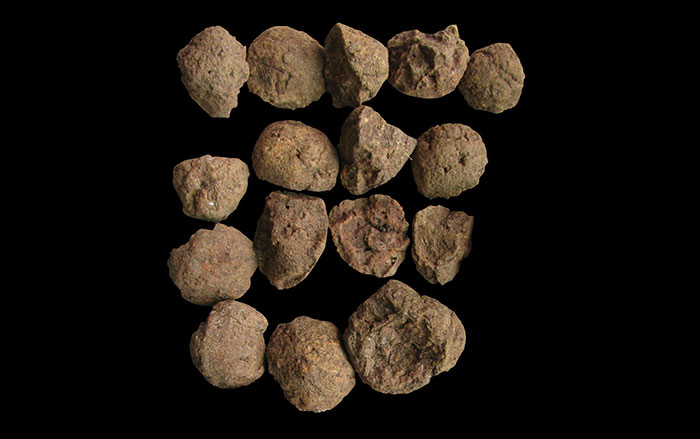
SEATTLE, WASHINGTON—Analysis of mitochondrial DNA taken from 4,000-year-old Minoan skeletal remains suggests that Minoan civilization was created by the descendants of the first population to reach Crete some 9,000 years ago, when migrating farmers left Anatolia and spread into Europe. “[The Minoans] were very similar to Neolithic Europeans and to present day-Cretans,” said geneticist George Stamatoyannopoulos of the University of Washington. One hundred years ago, British archaeologist Sir Arthur Evans suggested that Minoan civilization was Egyptian in origin because of the similarities in the art of the two cultures, but those similarities may have been the result of cultural exchange.










